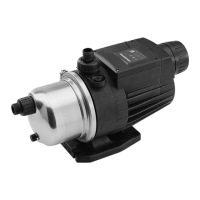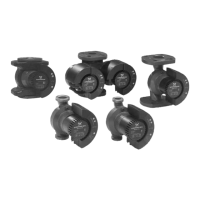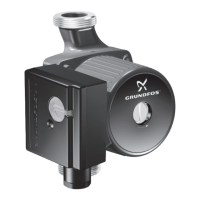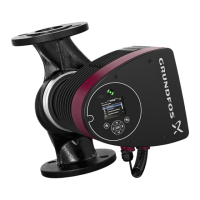16
Functional principle of diaphragm leakage detection
The non-return valve and the gap between the diaphragms are
factory-filled with a separating agent (paraffin oil). They are set in
such a way during start-up on the test stand that there is always a
hydraulically separated equilibrium between the valve and
diaphragm gap (the pressure gauge indicates "0" when the pump
is running and when it is stopped).
If one of these diaphragms breaks, the dosing or hydraulic
medium penetrates into the gap between the diaphragms and,
when the ball is removed, into the valve. The system pressure is
therefore impinged on the valve and the contact pressure gauge
is activated. Depending on the design of the system, the
electrically isolated reed contact can trigger an alarm device or
the pump can be switched off.
The contact is triggered at the preset pressure as is shown in the
table below:
Description/use
Set pressure
[bar]
For pumps up to 10 bar
Pressure gauge 0 to 10 bar
1.5
For pumps up to 10 bar
Explosion-proof pressure gauge 0 to 10 bar
1.5
For pumps 16 to 100 bar
Pressure gauge 0 to 100 bar
10
For pumps 16 to 100 bar
Explosion-proof pressure gauge 0 to 100 bar
10
Warning
The contact pressure gauge (Ex) in explosion-
proof version with switch amplifier should be
used if the pump is fitted with an explosion-proof
motor.

